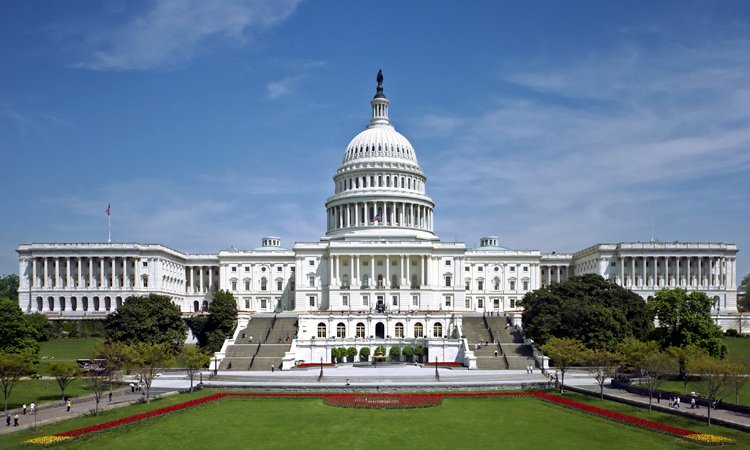The U.S. government has unveiled a sweeping “AI Action Plan” that positions artificial intelligence as not just a technological priority—but a matter of national security. Framing the next decade as a global competition, the White House outlines a bold agenda to ensure the United States leads the AI race without compromise or challenge.
With rhetoric that echoes a new cold war, the plan calls for rapid innovation, massive infrastructure expansion, and aggressive global leadership. Former President Trump’s foreword makes the goal explicit: America must secure “unquestioned and unchallenged global technological dominance.”
Igniting Domestic Innovation
The first pillar of the plan is all about letting American companies run free. The government plans to strip away what it calls “onerous” regulations imposed by previous administrations, betting that minimal interference will unlock the full power of U.S. tech giants.
Vice President JD Vance argues that overregulation could paralyze one of the most promising technological revolutions in generations. To reinforce this stance, the federal government may withhold funding from states that implement their own AI restrictions.
Cultural politics also come into play. The plan insists that publicly funded AI projects reflect “American values” and steers away from frameworks that include diversity, equity, or efforts to combat misinformation—claiming such approaches risk injecting ideological bias into public systems.
Laying the Groundwork for AI Infrastructure
The second pillar focuses on physical and digital infrastructure. Building enough computing power to support advanced AI models will require a radical expansion of energy production and data center capacity.
The administration’s motto? “Build, Baby, Build!” That means fast-tracking permits, rethinking the power grid, investing in nuclear fusion, and reshoring semiconductor manufacturing. The CHIPS Act is being reoriented to prioritize outcomes, with less political oversight and more direct focus on results.
This effort also includes workforce development, with initiatives to train engineers, technicians, and other skilled workers to support this new era of AI-driven industry.
Exporting the American AI Stack
The third pillar pushes the U.S. to shape global AI standards. The administration wants to make American tech—from chips to software—the world’s default. That includes exporting tools to allies and resisting regulatory pressures in forums like the United Nations.
At the same time, the plan acknowledges the dark potential of AI misuse. From cyberattacks to bioweapons, the document warns that unchecked AI development could be catastrophic. That risk is part of the justification for tighter controls on chip exports and a more aggressive national security posture.
A Divided Industry Responds
Not everyone is on board with the plan’s tone or tactics. OpenAI CEO Sam Altman recently warned of AI’s destabilizing potential—predicting job losses, national security risks, and a “fraud crisis” stemming from AI’s ability to manipulate digital systems. He has called for global coordination to mitigate the existential threats posed by frontier models.
Some of the plan’s ideas have been cautiously welcomed by advocacy groups like Americans for Responsible Innovation (ARI), which supports AI safety research and export controls. But ARI also raised red flags over efforts to penalize states that pass independent AI regulations.
According to ARI president Brad Carson, “We can’t build public trust in AI by stripping away local safeguards. Oversight and transparency are key to legitimacy, not just dominance.”
Where Strategy Meets Reality
The AI Action Plan presents a striking vision of America as the epicenter of the next technological revolution—one powered by less regulation, more muscle, and global reach. But the deeper question remains: can dominance and responsibility go hand in hand?
As developers, governments, and civil society grapple with AI’s potential and its dangers, the U.S. strategy signals that the race is on—and the stakes are nothing less than the shape of the future.
Source: https://www.artificialintelligence-news.com/news/ai-action-plan-us-leadership-must-be-unchallenged/






